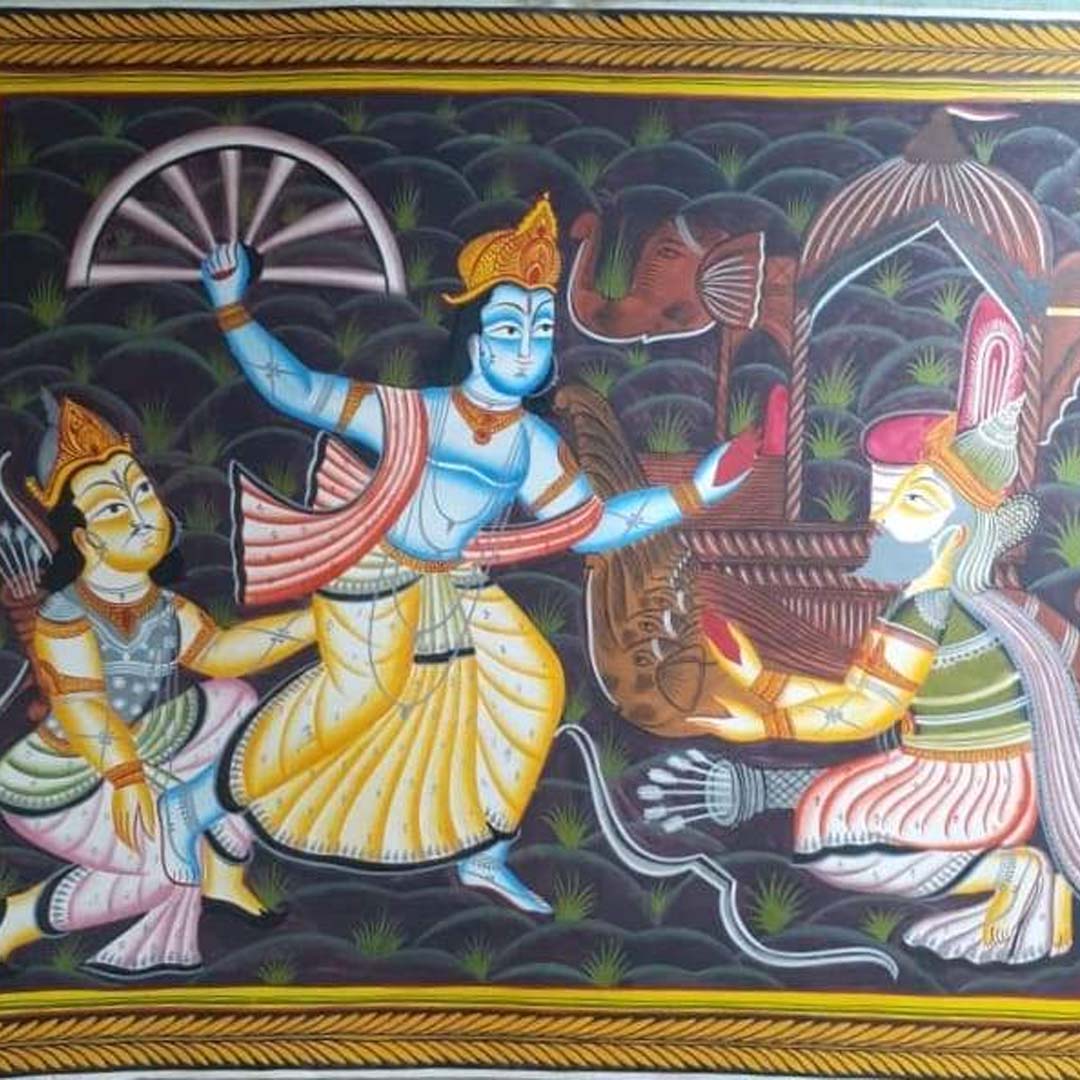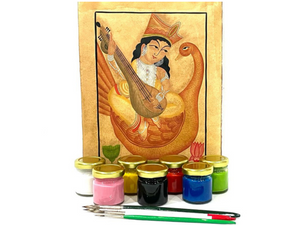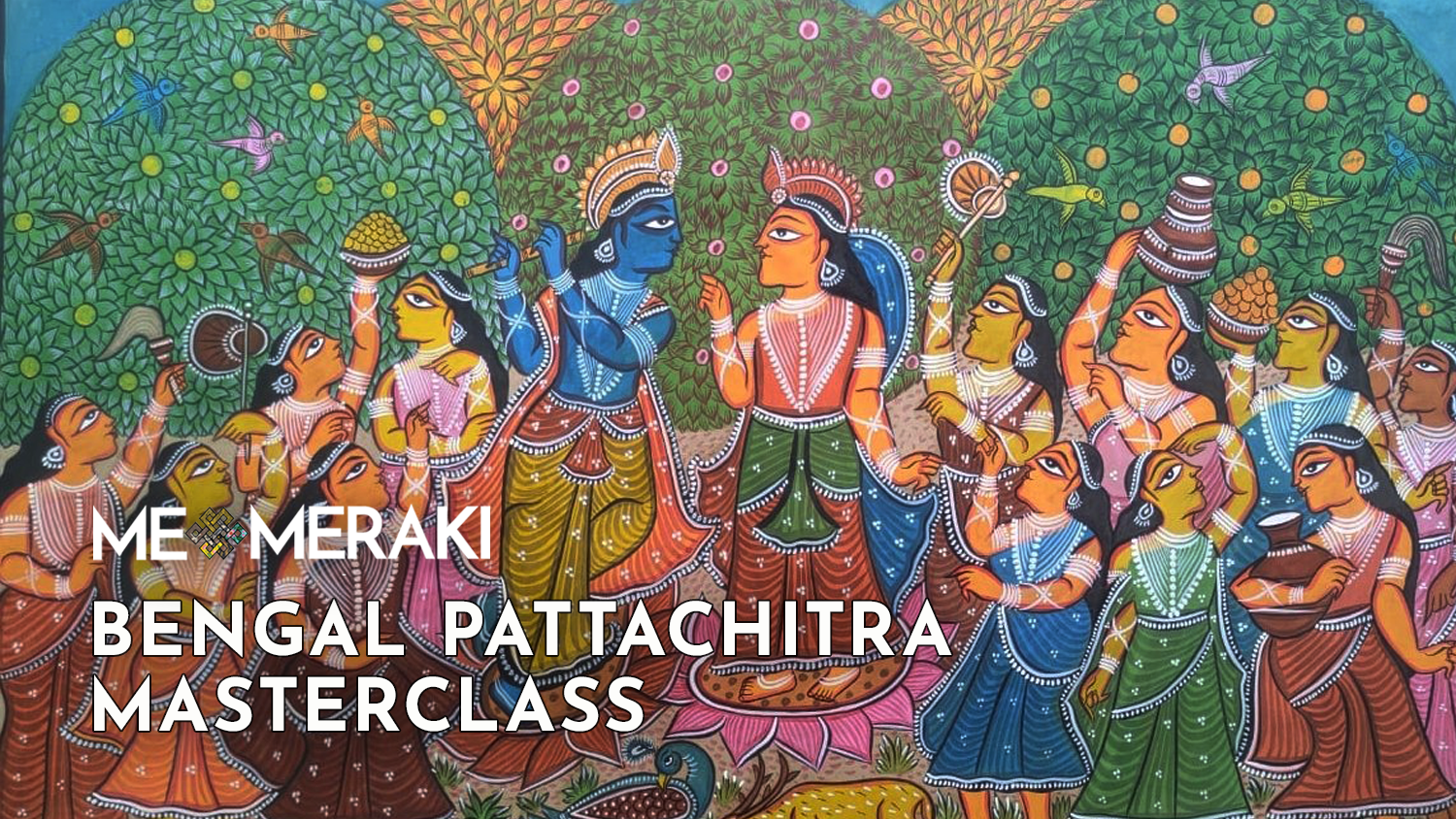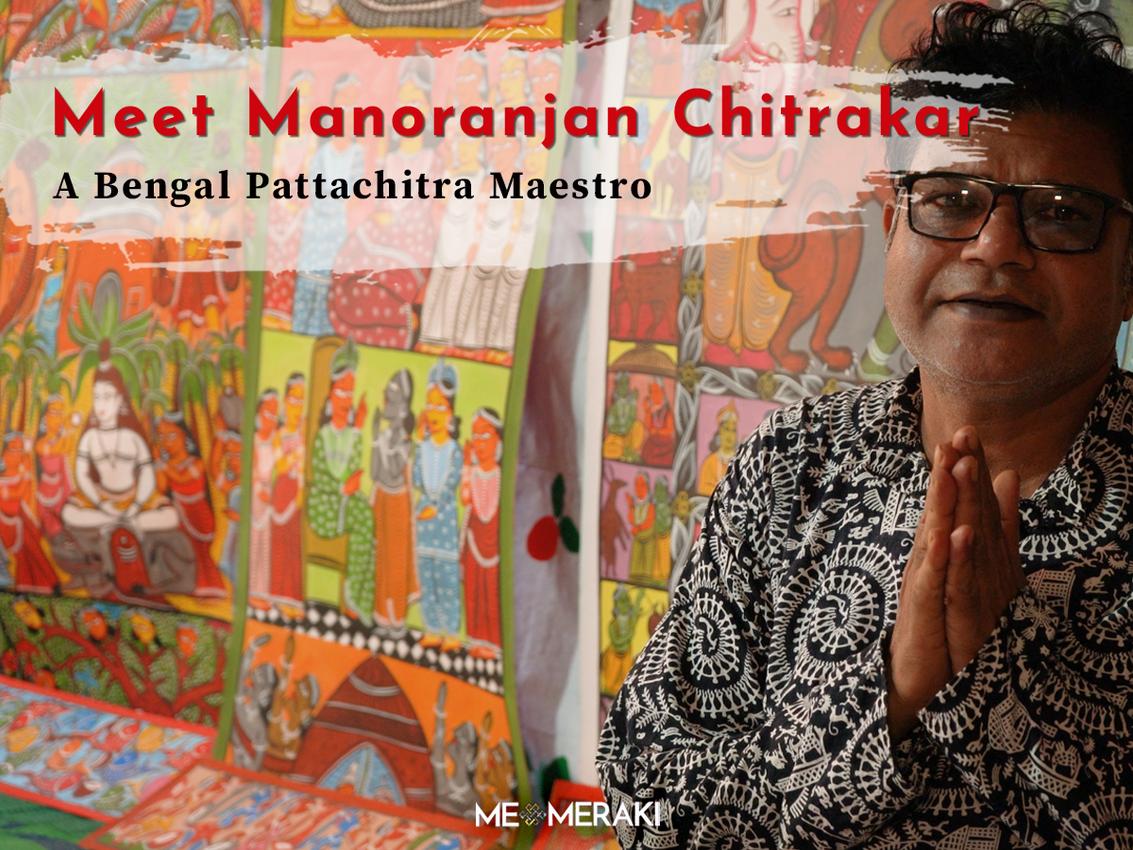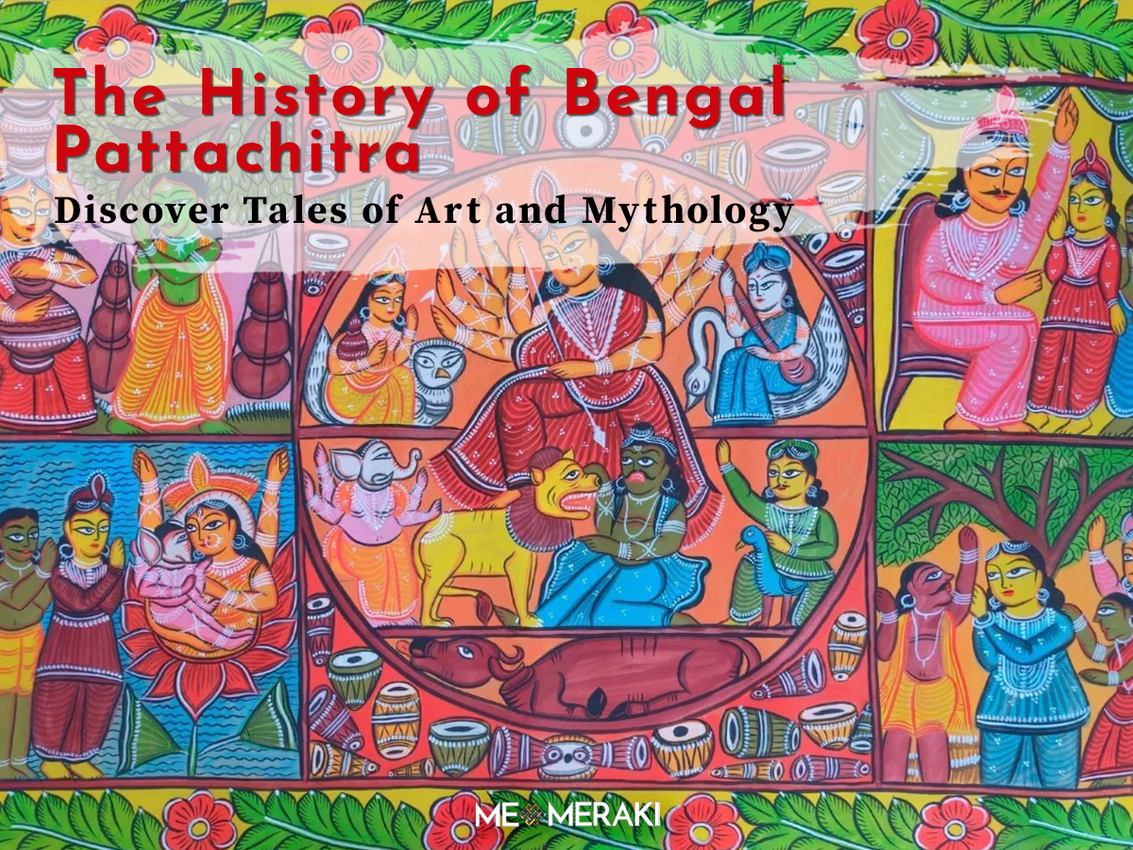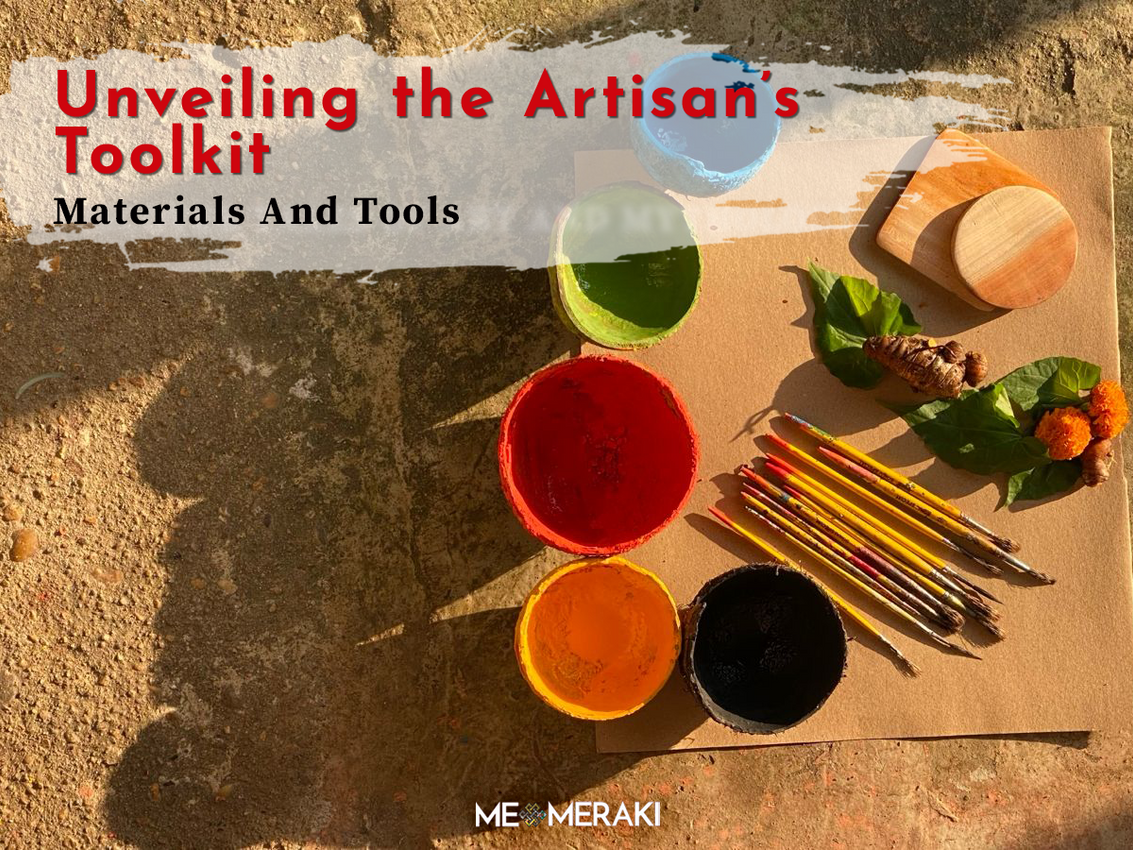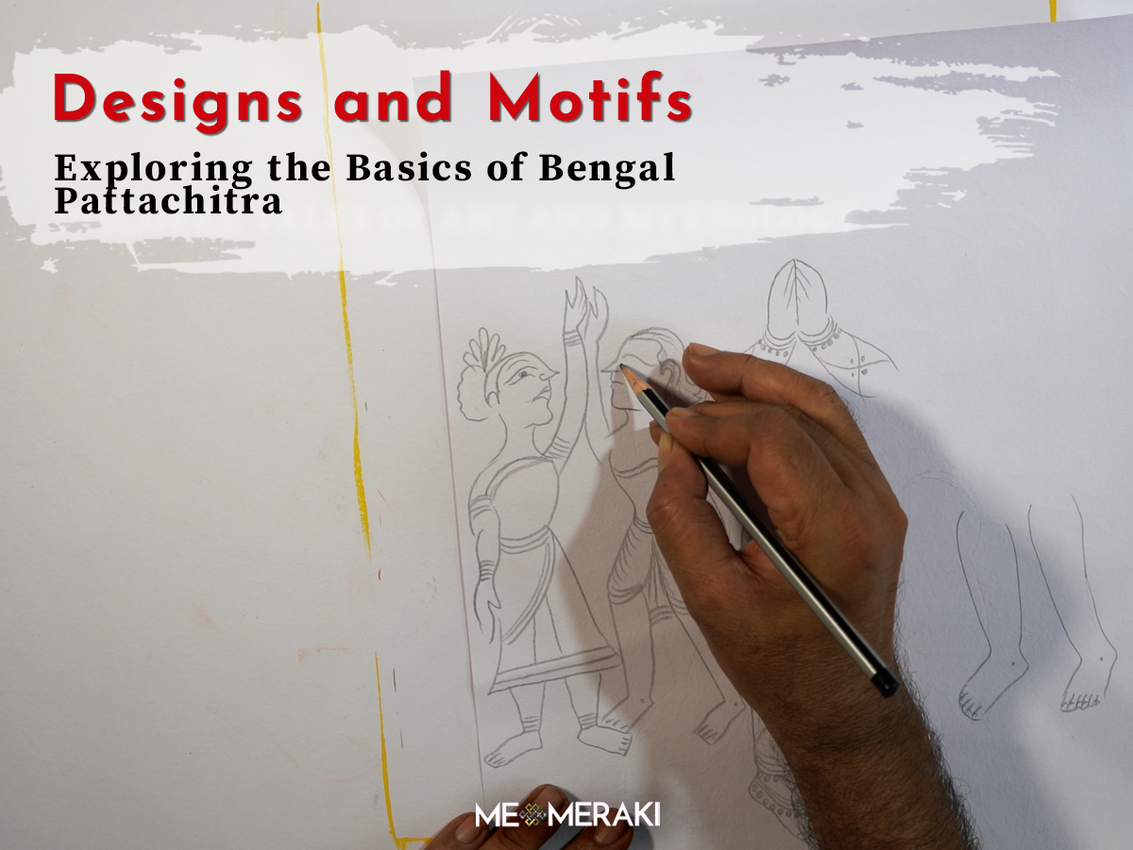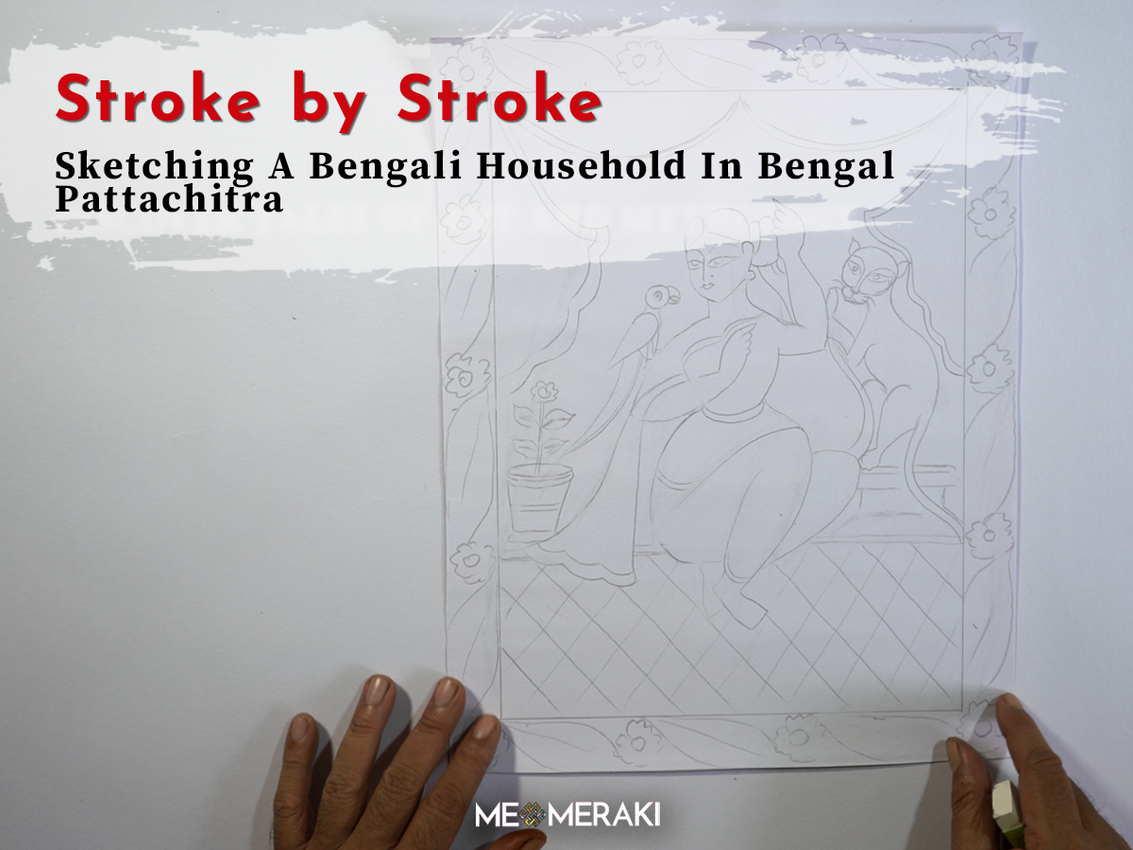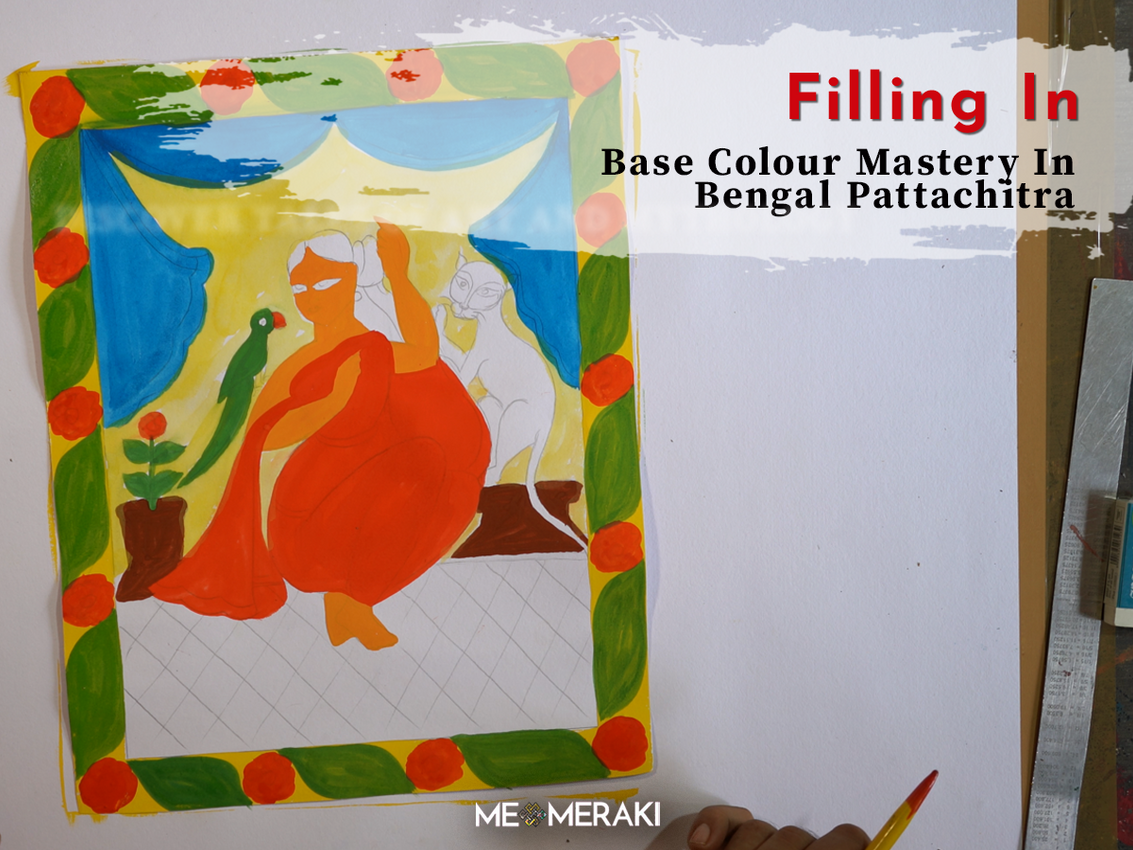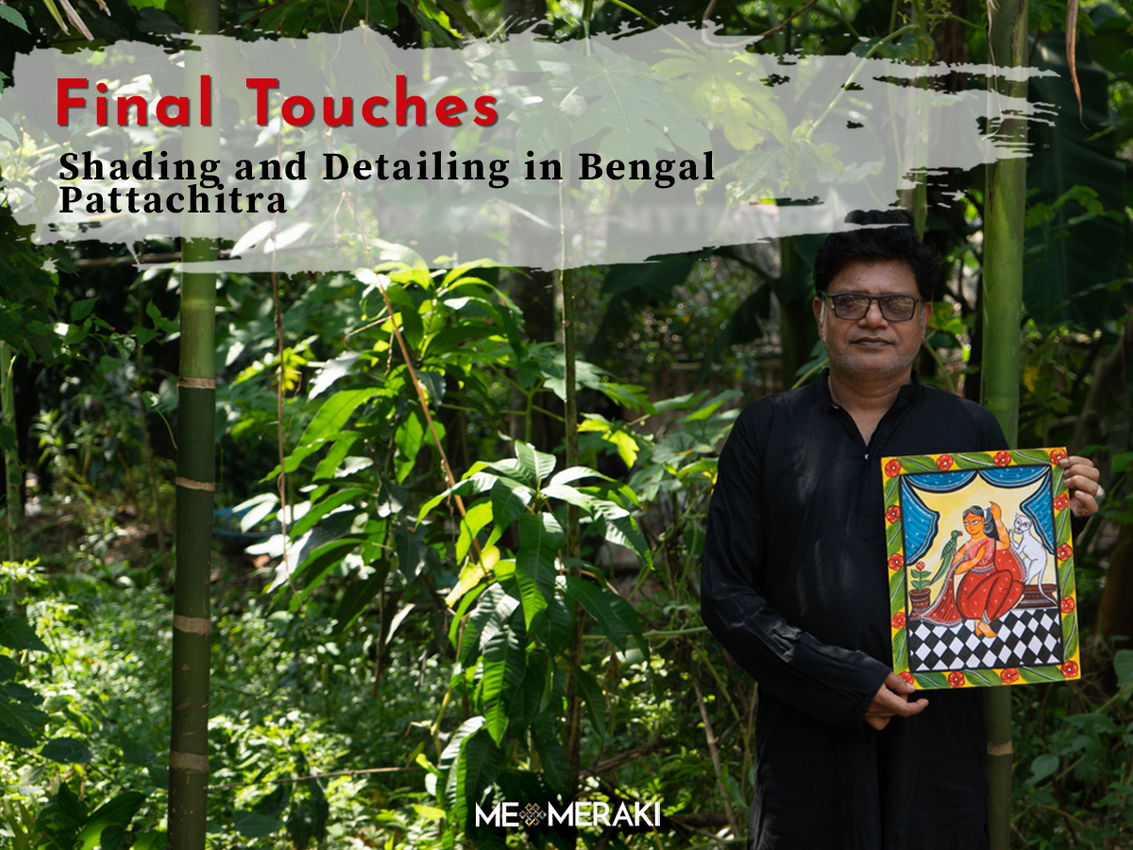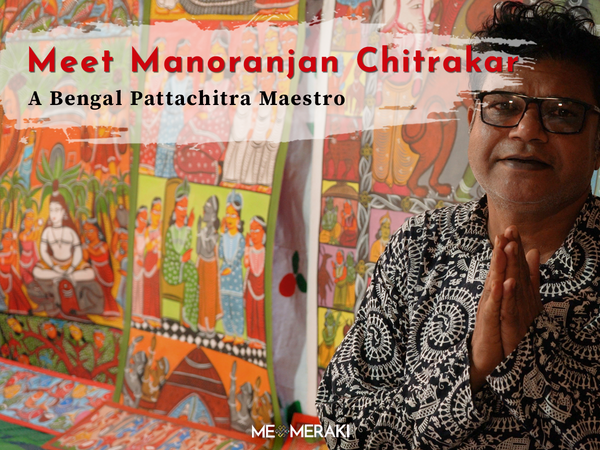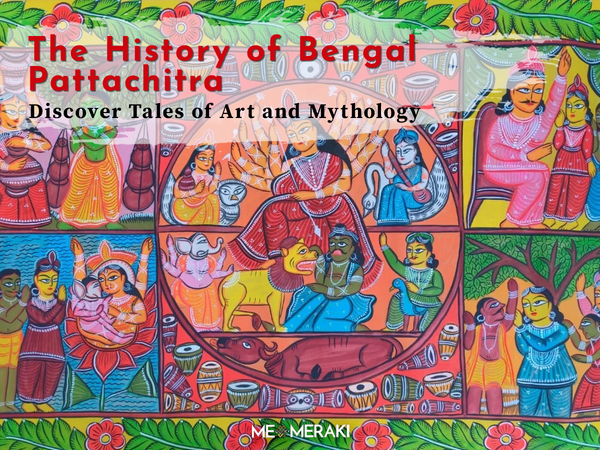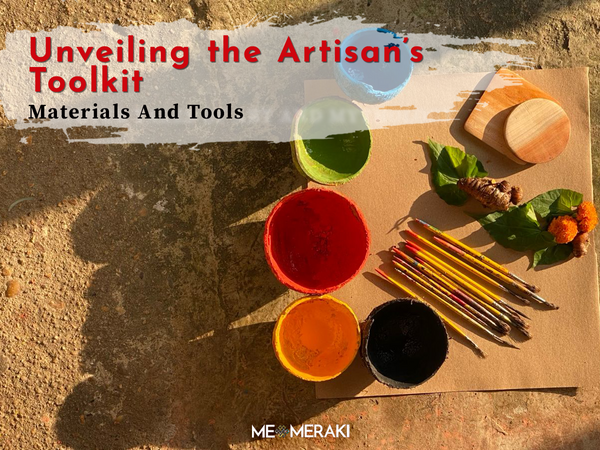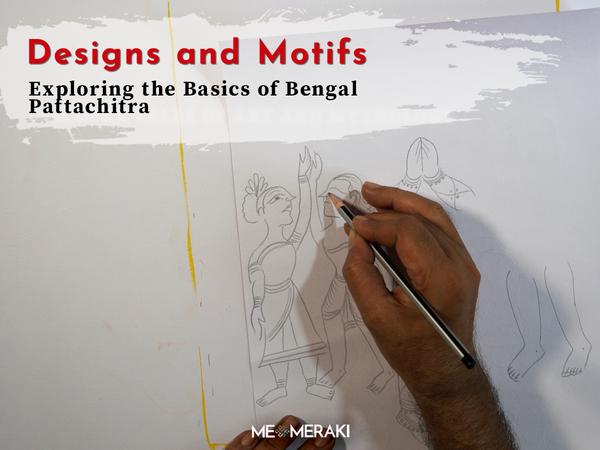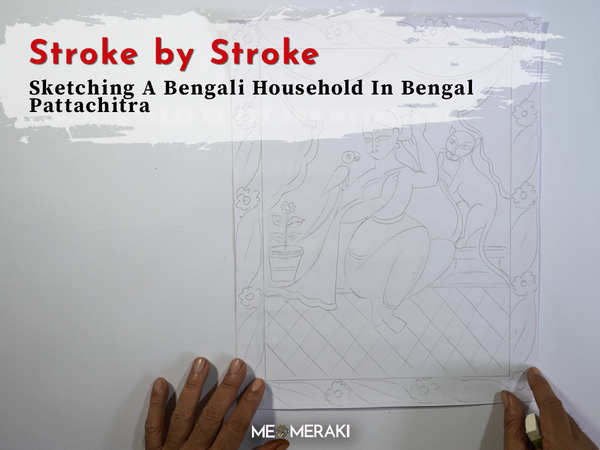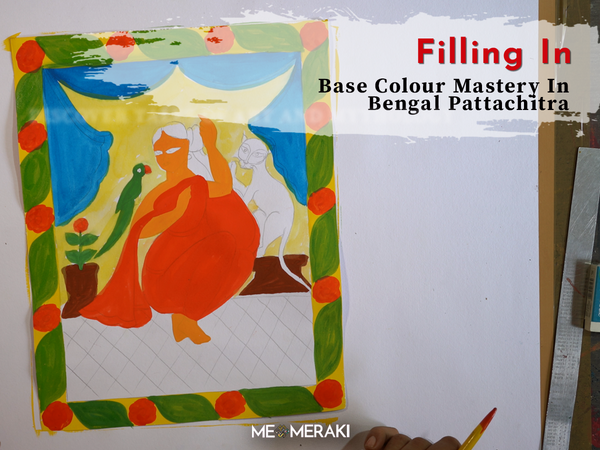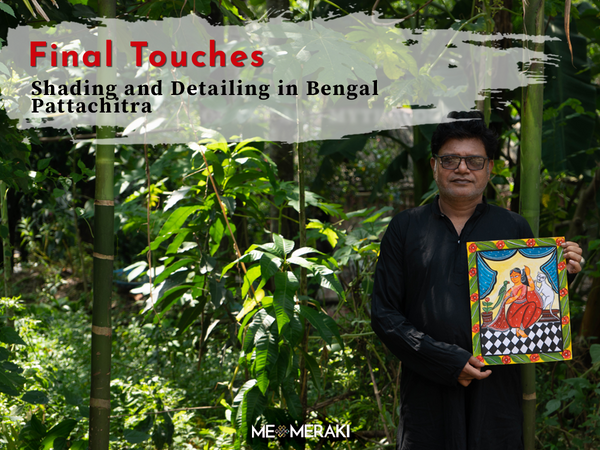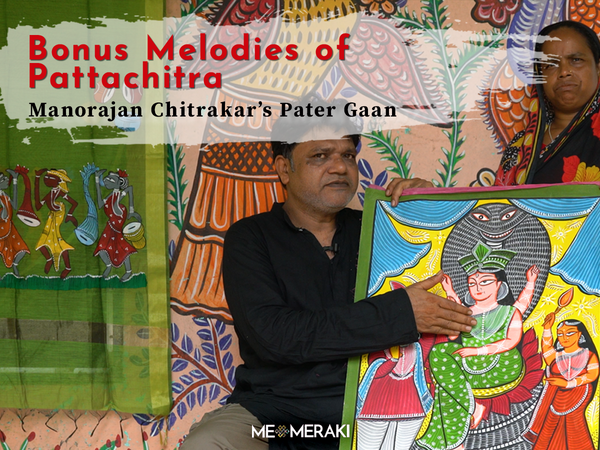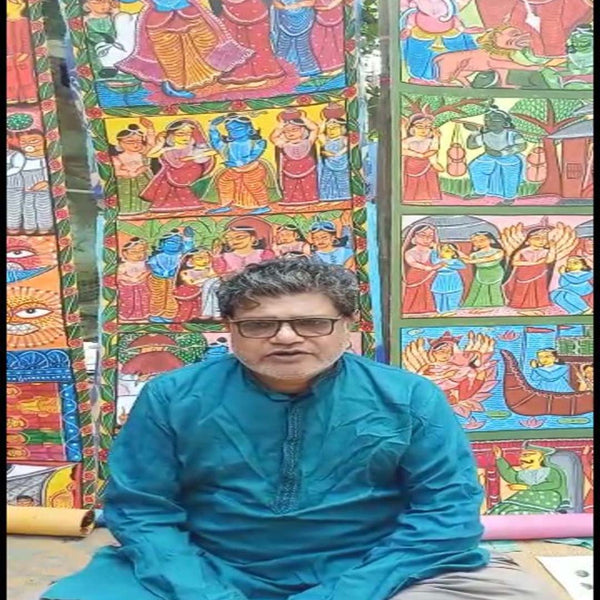Bengal
Pattachitra
Bengal Pattachitra is a traditional art form from West Bengal, India, known for its intricate and vibrant storytelling. The term "Pattachitra" derives from the Sanskrit words "patta" (cloth) and "chitra" (picture), reflecting the medium and nature of this art. This art form has its roots in the rural regions of West Bengal, particularly in the districts of Medinipur and Bankura.
Bengal Pattachitra is known for its distinctive style, characterized by bold lines, flat colors, and the use of natural pigments. The scrolls are often divided into panels, each depicting a different scene from the story. The figures are stylized with elongated eyes, sharp features, and exaggerated expressions, which help convey the emotions of the characters. The backgrounds are typically minimal, allowing the focus to remain on the central figures and the narrative. This art form uses a combination of folk and classical elements, reflecting the cultural diversity of Bengal.
History of Bengal Pattachitra
The history of Bengal Pattachitra dates back to ancient times, when it was primarily used as a medium to narrate mythological and religious stories to the masses. The art form is believed to have evolved during the 10th century, with strong influences from Hinduism and Buddhism. Over the years, it has also incorporated Islamic and secular themes. Traditionally, Patuas were itinerant storytellers who traveled from village to village, unrolling their scrolls while singing and narrating stories depicted in the artwork.
The themes of Bengal Pattachitra are diverse and include religious, mythological, and historical subjects. Popular themes include stories from the Ramayana, Mahabharata, and the life of Lord Krishna. Folk tales and social issues, such as the lives of common people, rituals, festivals, and even political events, are also depicted. One of the most famous subjects of Pattachitra is the Manasa Mangal, the story of the snake goddess Manasa, which holds a special place in Bengali culture.
Materials and Method
Traditionally, Pattachitra is painted on handmade paper, cloth, or canvas. The Patuas use natural pigments derived from plants, minerals, and other organic sources. For instance, red comes from hingula (mercury), yellow from harital (arsenic), black from burnt rice, and blue from indigo. The colors are mixed with gum or natural adhesives to ensure longevity. The brushes used are made from animal hair or plant fibers, allowing for precision in the intricate detailing.
The process begins with the preparation of the cloth or paper, which is coated with a layer of chalk or tamarind seed paste to create a smooth surface. The artist then outlines the figures and scenes with black ink before filling them in with vibrant colors. Once the painting is complete, it is often coated with a layer of lacquer to protect the artwork.
Significance
Bengal Pattachitra holds immense cultural and historical significance. It is not just an art form but also a tool for preserving and passing on stories, folklore, and religious beliefs to future generations. The tradition of performing art—where the artist sings the story while showing the scroll—adds a dynamic element to the artwork, making it an immersive experience for the audience. This form of storytelling was especially important in a time when literacy rates were low, and visual art served as a powerful medium for communication and education.
Today, Bengal Pattachitra continues to be cherished as a vital part of Bengal's cultural heritage, with modern artists adapting the traditional style to contemporary themes while still preserving its essence. The art form has also gained international recognition for its rich history and craftsmanship, making it an enduring symbol of Bengal's artistic legacy.
FAQs
Are Bengal Pattachitra paintings suitable for gifting?
Yes, Bengal Pattachitra paintings make unique and meaningful gifts, especially for art enthusiasts or those interested in Indian culture. You can choose from various themes and sizes to suit the recipient's preferences. Consider adding a personal note or certificate of authenticity to enhance the gift's significance.
Are Bengal Pattachitra paintings available in different themes or subjects?
Yes, Bengal Pattachitra paintings come in a variety of themes and subjects, including mythological scenes, deities, folklore, and traditional motifs. Browse the product listings to explore different themes or contact the seller for specific requests or customizations.
What should I do if I want to learn more about Bengal Pattachitra art?
For more information about Bengal Pattachitra art, explore MeMeraki's blogs and workshops, which provide in-depth insights and learning opportunities. Additionally, you can reach out to our customer service for assistance


